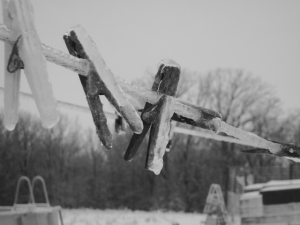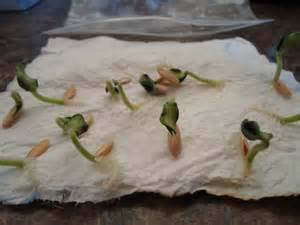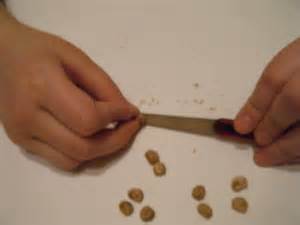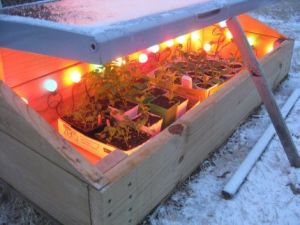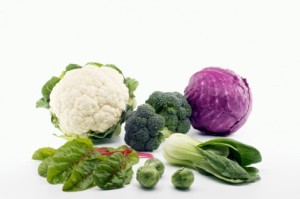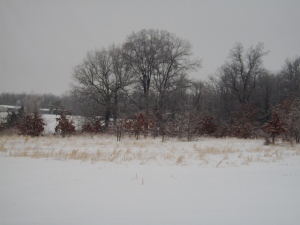We’re Ready…
Are you ready? Ready for what? Winter snow and ice to disappear for another year? Ready to have warmer temperatures so you can enjoy the outdoors? Ready to prepare the garden bed? Ready for spring?
We are here at the Rick’s Ranch/Midwest Homestead garden is waiting for my hands in it’s dirt. The pigs are busy eating weed roots, clearing the garden plots and providing it with natural, organic fertilizer. We’ve had so many seed catalogs come in this year that it’s actually given me a headache trying to keep up with what we wanted to order, needed to order for our seed sales business and for our homestead. We have wish lists, need lists, ” have to have it or the homestead won’t survive lists”. Never mind that the snow is still 8 inches deep in some places. The sun is shining, it’s well above freezing, and the adrenalin is pumping in anticipation of this year’s gardens.
It’s time to pull the portable greenhouses in, clean them, and ready the seed start trays for planting. Wash, disinfect, air dry. It’s an annual event that most times takes place in our bathroom, under the spray of the shower head. Hopefully this spring the greenhouse will be completed and these chores can be taken outdoors, where they rightfully belong. And, it’s time to take note of which seeds we have, and teaching others, how to best pre-treat seeds for optimal germination and growth.
Seed Starting
Unlike the seeds of annuals, lots of perennial seeds require a period of moist cold (cold stratification) before they will germinate. In the wild, this occurs naturally by the wind scattering the seed, animals carrying the seeds on their feathers or coats then the seed is covered with grass, weeds and leaves and finally cold temperatures and/or snow. Without this natural process, many seeds simply will not germinate. It is called Mother Earth’s Cycle of Life. It’s continued from the very beginning, and shall continue until the end of days if allowed.
Human intervention has evolved to include artificial means of stratification. We have learned that soaking certain plant seeds in clear water, maybe using the addition of a natural, organic additive, sometimes helps germination to occur. We have learned to mimic Mother Nature’s way of cold stratification by sowing seeds in a planting medium, storing in a cold environment before planting. We have learned that some seeds need to have their shells scarified, or nicked or sanded down to the inner portion of the shell to allow the waiting embryo to emerge in it’s time. We have learned to mimic that which was natural, in order to hasten a plant’s growth. Should we? Absolutely! Some plant species are quickly becoming extinct due to mankind’s over zealous harvesting, land clearing or natural disasters. In order to save and propagate these species of plants, we should and do, intervene.
Some of the ways to hasten seeds to germinate are discussed below.
Cold Water Soaking:
You can use fresh tap water, preferably that which contains no chemicals. Rainwater is another good source of liquid for soaking. Adding liquid kelp (diluted per manufacturer’s instructions) to the water will hasten germination once the seed is planted.
Generally, seeds that appear wrinkly are seeds that need soaked for at least 24 hours before planting.
Seeds that need soaked before planting include:
Belladonna Henbane Black or White Mandrake
Monkshoods Okra Nasturtiums
Warm Stratification then Refrigeration:
You need something to hold the moisture in, such as a bit of sphagnum moss or peat moss for acid loving plants, clean sand, vermiculite that has been slightly moistened, paper towels for others. Slightly dampen the medium, place seeds in the medium and store in the refrigerator, in a zip lock bag, preferably for 3 months. If one doesn’t have that 3 month window, store at least 3 weeks. Liquid kelp diluted per the bottle’s instructions, will hasten germination for your seeds. Many seeds do better if placed in the dampened medium, kept in a warm place 59-68°F for 2 weeks then placed in the refrigerator. Check the bag’s contents weekly to look for signs of decay such as a musty smell, mold, or oozing seed matter. Most times that is as a result of improper packaging at the manufacturer’s, the seed is too old, seed may not have been stored properly during shipment or in the home, or contaminated seed. Remember that some seeds may not actually germinate until the second spring.
Even if the seeds germinate during this time period in the refrigerator, it is perfectly acceptable to plant, just as you would any other seed.
Those seed would include:
Anise Hyssop Monkshood Masterwort
Belladonna Betony Motherwort
Mandrake (Black and White) Black cornflower Moonwort
Black Henbane Black nightshade Mugwort
Calamus Root Myrtle Pokeweed
Climbing Nightshade Cowslip Vervain
English Bluebells Red Pasque Flower Rose Milkweed
Green Wizard Coneflower Gray Sage Rowan
Harebell Russian belladonna Helebores
Heather Tansy Poppies
Valerian Hops Valerian
Jack in the Pulpit Old English lavendar Wolfsbane
Lily of the Valley Purple Coneflower Turtlehead
Meadowsweet Clematis Butterfly Bush
False Indigo Lady’s Mantle Bluebeard
Fuschias Foxtail Lily Peruvian Lily
German Status Ibiscus Sweet Peas
Catmint Evening Primrose Phlox (all)
Chinese Lantern Sweet Cicely Candytuft
Gloxinias Waxbells Bloodroot
prairie Mallow Speedwell Sedum
Stoke’s Aster Balloon Flower Viola
Globeflower Toad-lily Foamflower
Ironweed Black Eyed Susan Burnett
Soapwort Wild Rose Fruit tree seeds
Here is a link for all the seeds known to need stratification. It is listed by the genus and species names: It is written by seed expert Tom Clothier and is well worth the time to read. It contains multiple links for germination temperatures, stratification and scarification, garden pests, pollinators and such.
http://www.tomclothier.hort.net/page02.html (and) http://tomclothier.hort.net/index.html
A seed expert who’s works I enjoy reading, is Norm Deno. J Hudson seeds has multiple links to his seed starting methods written clearly and concisely. It contains vast information regarding all different types of plants including perennials, annuals trees, and vegetables.
http://www.jlhudsonseeds.net/Germination.htm
==========================================================
Scarification:
Certain seeds with thick shells need to be scarified if they are going to be able to germinate. To do this, use a piece of sandpaper or a nail file to gently rub off part of the external shell. The best way to know how deep to rub is to rub until you can see a different color of shell appear. Do not rub all the way through the shell. It only needs to be rubbed down enough that water can get through the shell into the seed, and to allow the young, germinating embryo to emerge. Some seeds need both scarification and stratification.
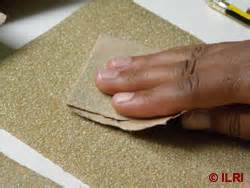
Some examples of seed that need scarification are:
Morning Glory canna seeds purple hyacinth bean vine
Nut Tree Seeds Fruit tree seeds
Spring and direct planting:
Many seeds do not require special treatment such as soaking, scarification or stratification. They can be planted without inoculants, directly in the soil. For a complete list of these seeds, see the following link from Prairie Moon Nursery.
http://www.prairiemoon.com/Species-Requiring-No-Pre-Treatment-Code-A.html
==============================================
Fall Planting:
Fall planting may be an answer to having fresh produce all winter. Many old timers use this method, planting in cold frames, greenhouses, or on sunny, enclosed porches in containers. I’ve also seen used, cleaned old tractor tires
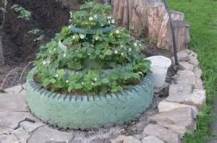
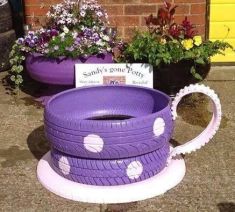 and livestock mineral lick buckets, containers covered with glass during the day…when the temperature is 35-45 degrees , and the glass covered with a piece of cardboard to maintain internal heat at nightfall. One newer gardener used clear Christmas tree lights inside his cold frame to provide warmth on the coldest days. This isn’t his light heated cold frame, but this picture conveys the general idea.
and livestock mineral lick buckets, containers covered with glass during the day…when the temperature is 35-45 degrees , and the glass covered with a piece of cardboard to maintain internal heat at nightfall. One newer gardener used clear Christmas tree lights inside his cold frame to provide warmth on the coldest days. This isn’t his light heated cold frame, but this picture conveys the general idea.
Some species of vegetables and flowers do well with fall (and early spring) planting. Brassicas (cabbage, cauliflower, broccoli, brussel sprouts, bok choy, kale, radishes), Mustard Greens, spinach, and parsnips have a sweeter taste when grown in cooler weather.
Happy Winter! Now is the time to stratify and/or scarify those seeds!!
References:
http://www.agardenforthehouse.com/2013/02/perennials-which-require-cold-stratification/
http://www.agardenforthehouse.com/2013/02/perennials-which-require-cold-stratification/
http://www.agardenforthehouse.com/2013/02/perennials-which-require-cold-stratification/
http://www.agardenforthehouse.com/2013/02/perennials-which-require-cold-stratification/
http://tomclothier.hort.net/page02.html
http://www.prairiemoon.com/How-to-Germinate-Native-Seeds.html

